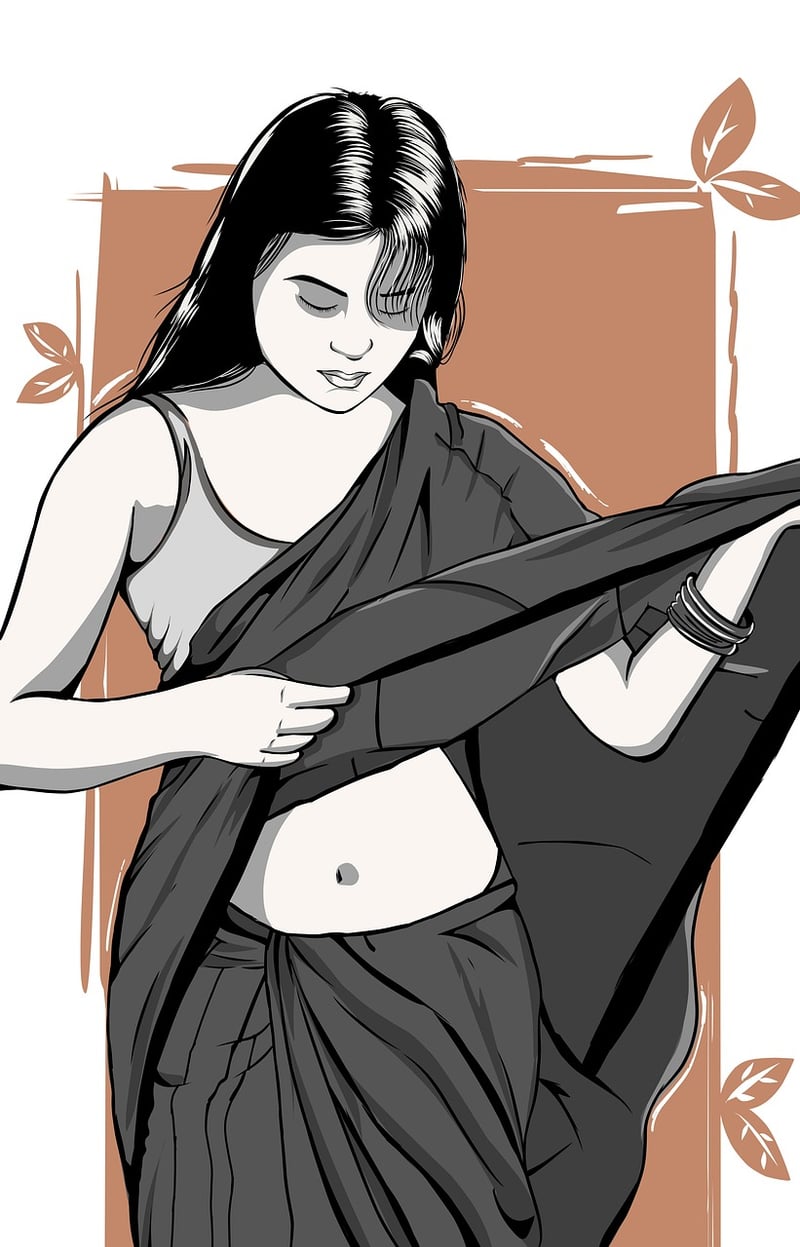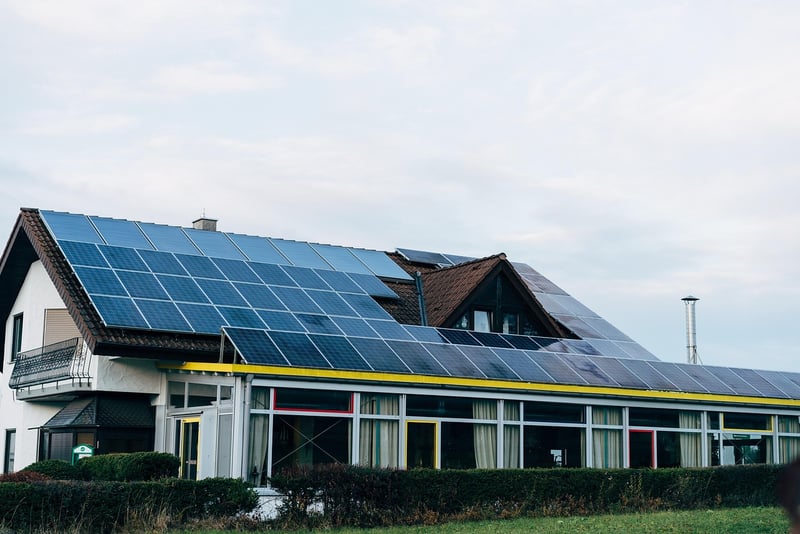Sustainable Design
Revamping Fashion Sustainably: The Rise of Sustainable Design
Fashion has always been a dynamic industry, constantly evolving to keep up with the latest trends. However, in recent years, there has been a significant shift towards sustainability in the fashion world. Designers, brands, and consumers alike are now more conscious of the environmental and social impacts of the industry, leading to a rise in sustainable design practices.
The Need for Sustainable Fashion
Traditional fashion practices have often been criticized for their negative impact on the environment. From water pollution to textile waste, the industry has contributed significantly to various environmental issues. Additionally, there are concerns about unethical labor practices and poor working conditions in many garment factories around the world.
What is Sustainable Design?
Sustainable design in fashion involves creating clothing, accessories, and other textile products in ways that are environmentally friendly, socially responsible, and economically viable. This can include using eco-friendly materials, reducing waste throughout the production process, and ensuring fair labor practices.
Key Principles of Sustainable Design
- Use of organic and recycled materials
- Reducing carbon footprint through responsible manufacturing processes
- Promoting fair labor practices and safe working conditions
- Designing for longevity and durability to reduce fast fashion consumption
The Rise of Sustainable Fashion Brands
Many fashion brands are now incorporating sustainable practices into their design and production processes. From small independent designers to large corporations, there is a growing trend towards eco-conscious fashion. Brands like Patagonia, Stella McCartney, and Eileen Fisher have been at the forefront of the sustainable fashion movement.
How Consumers Can Support Sustainable Fashion
As a consumer, there are several ways to support sustainable fashion:
- Choose clothing made from organic or recycled materials
- Buy from brands that prioritize sustainability and ethical practices
- Invest in quality pieces that are designed to last
- Support local and independent designers who value sustainability
Conclusion
With the rise of sustainable design in fashion, there is a growing awareness of the need for more environmentally friendly and socially responsible practices in the industry. By supporting sustainable fashion brands and making conscious choices as consumers, we can all contribute to a more sustainable future for the fashion industry.


